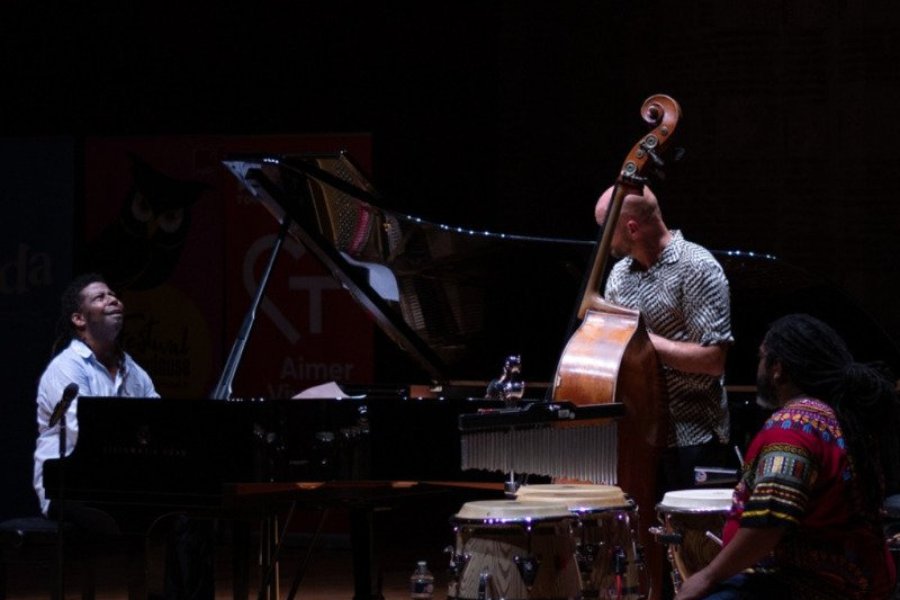
Toulouse Festival unveils its highlights
Recommended by Tanguy REVAULT
From 06/29/2024 to 07/13/2024 : The Toulouse Festival offers "tailor-made" creations at the crossroads of music, film and literature. This year, it pays tribute to Françoise ...

Recommended by Tanguy REVAULT
From 06/29/2024 to 07/13/2024 : The Toulouse Festival offers "tailor-made" creations at the crossroads of music, film and literature. This year, it pays tribute to Françoise ...
Proposed"> by Toulouse events MEETT
From 05/23/2024 to 05/26/2024 : Dedicated to the general public, the TOULOUSE SPACE FESTIVAL aims to create vocations through the imaginary world of space, to educate about ...